SUMMARY
This is AI generated summarization, which may have errors. For context, always refer to the full article.
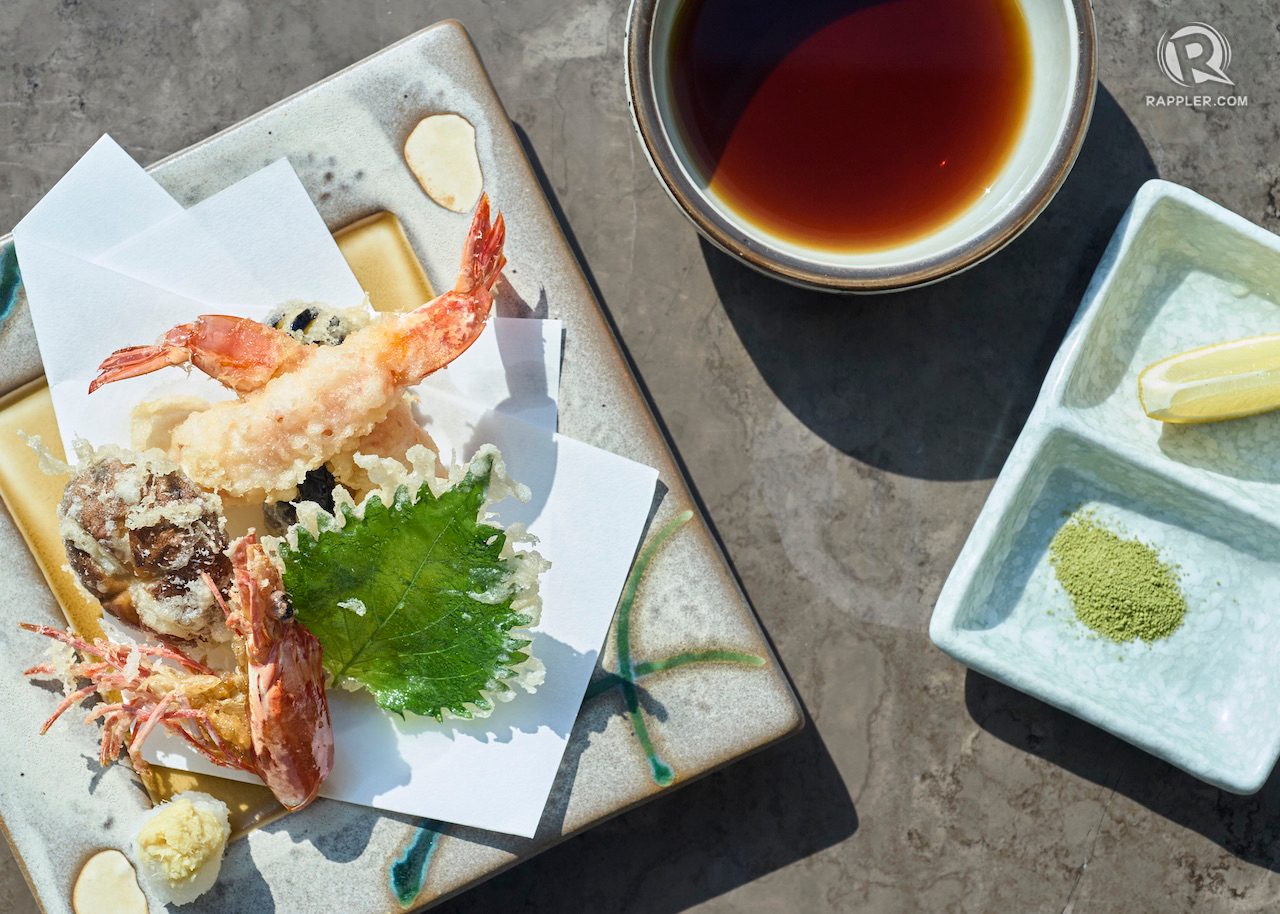
Perhaps no other culture celebrates seasonality in cooking as intently as the Japanese do, and there is even a word for the time of year when a particular ingredient reaches peak freshness and flavorfulness: shun. Being fall in Japan, kitchens are currently simmering with the scent of matsutake mushrooms, young rice, sweet potato, pumpkin and chestnuts. Here, while the “ber” months indicate the start of the long, excessively long, preparation for Christmas, which I suppose is a season in its itself, the type of fruits associated with these months will only be a cause for celebration among fans of the durian.
Fortunately, diners can experience entire menus dedicated to the vicissitudes of the seasons at Inagiku, Shangri-La Makati’s venerable Japanese restaurant. Chef Wataru Hikawa, who has been at its helm for almost 19 years, is particularly lauded for his kaiseki creations. To those new to the concept of kaiseki, you can think of it as a Bento box on steroids. Kaiseki is Japanese haute cuisine, a flight of fanciful dishes that are prepared with meticulous care and attention to detail. More than that, it is a meal that sings the praises of the season. The practice dates back to the traditions of ancient Japanese cuisines, from imperial court cuisine, Buddhist temple cuisine, samurai cuisine, and tea ceremony cuisine, but at its core is the spirit of omotenashi, or the Japanese way of hospitality. “When the host prepares dinner, the host entertains from the heart. The important thing in kaiseki is the season—everything is in the dish, even in the presentation,” explains Yoshio Ishikawa, the operations manager who has been at Inagiku for as long as the chef has.
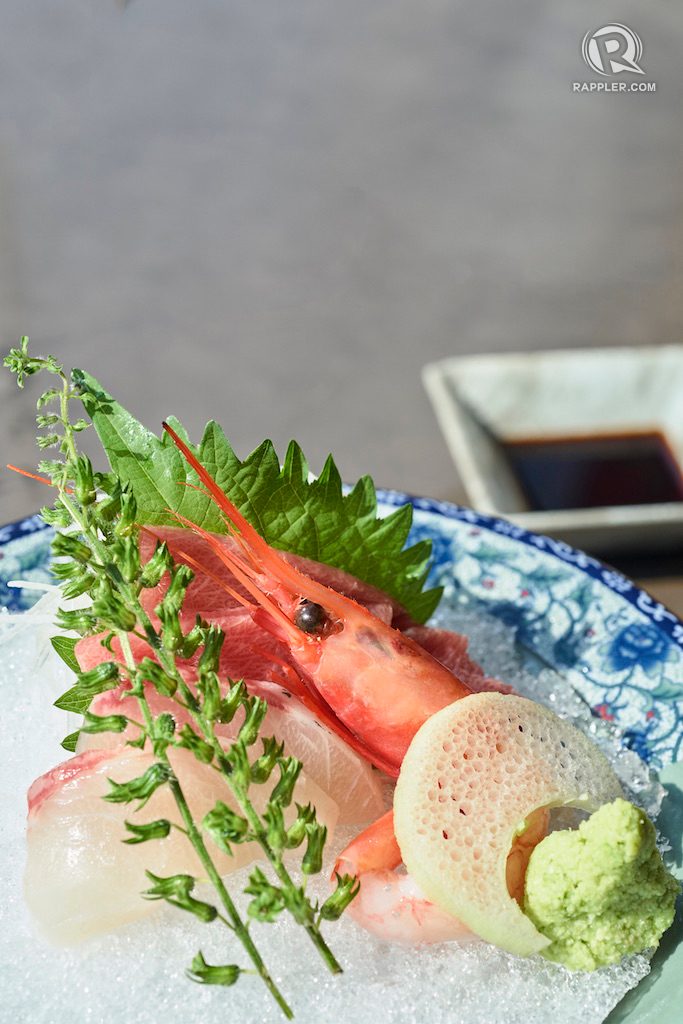
You can order a set kaiseki, which will always include a dish that is steamed, simmered, fried, grilled, or raw, with either tempura or sushi as the main dish, or you can throw caution to the wind and say, “I give my trust (and wallet) to you, oh chef,” and leave the menu up to Hikawa, who will assess what ingredients are hyperfresh at the moment. The kaiseki we tried, called the omakase kaiseki, was of the latter type, and it went something like this:
We began with 5 kinds of seasonal appetizers – amuse bouches that each highlighted a different ingredient, from seafood to pork (I am keeping the specific details to a minimum in deference to Hikawa-san, whose work is often copied) and garnished with the iconic fall symbols of Japan, maple leaves and ginkgo nuts. At first, I thought the nuts were either green olives or large edamame, but they tasted like neither (I would put the ginkgo nut in the same category as the durian: hard to describe, possibly an acquired taste.)
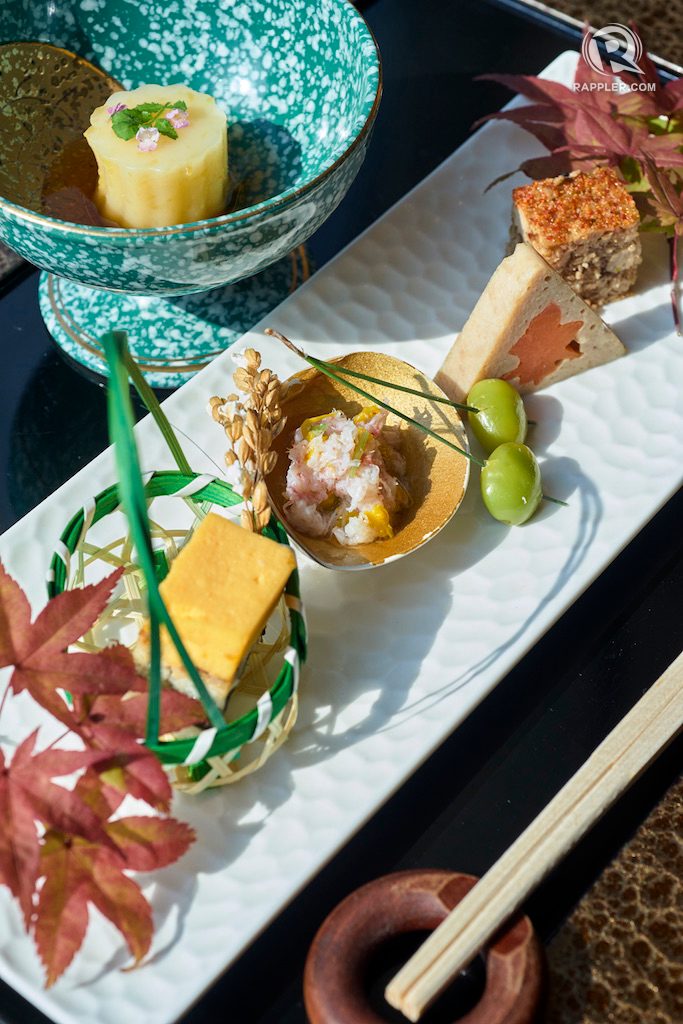
Next was the tai sakamushi: sea bream simmered in sake and nestled in a mound of sticky rice. Pumpkin and carrots were thinly sliced in the shape of ginkgo leaves and maple leaves respectively, further echoing the fall motif. The sashimi entree was all of three exquisite pieces of tuna belly, sea bream and amaebi (sweet shrimp) resting on a bed of crushed ice. “Fresh” doesn’t even begin to describe the taste of the raw fish, “pure” might be a more accurate impression.
The matsutake dobin mushi is a light soup that comes in a clay teapot and sipped from a tiny teacup. The earthy, meaty matsutake mushroom – an elusive and most expensive variety – is delicately steamed with pieces of chicken and shrimp in a fragrant dashi broth. I imagined I could taste the terroir of this shroom, a dense pine forest deep in the hinterlands of Japan. Matsutake are still mostly hand-foraged because they’re very difficult to cultivate, although the Japanese will undoubtedly develop the technology to do so.
The next deep-fried course was tempura, and though Inagiku specializes in kaiseki, sushi and teppanyaki, the restaurant built its name and reputation over some 150 years with its tempura. Here, the fried prawn is dipped in matcha salt, which Ishikawa says is the preferred way to consume it. Two skewers of densely marbled, A5-rated wagyu followed – it was like inhaling two sticks of butter. The fried rice and miso soup arrived at the end of the meal as fillers, but at that point I could barely even touch them.
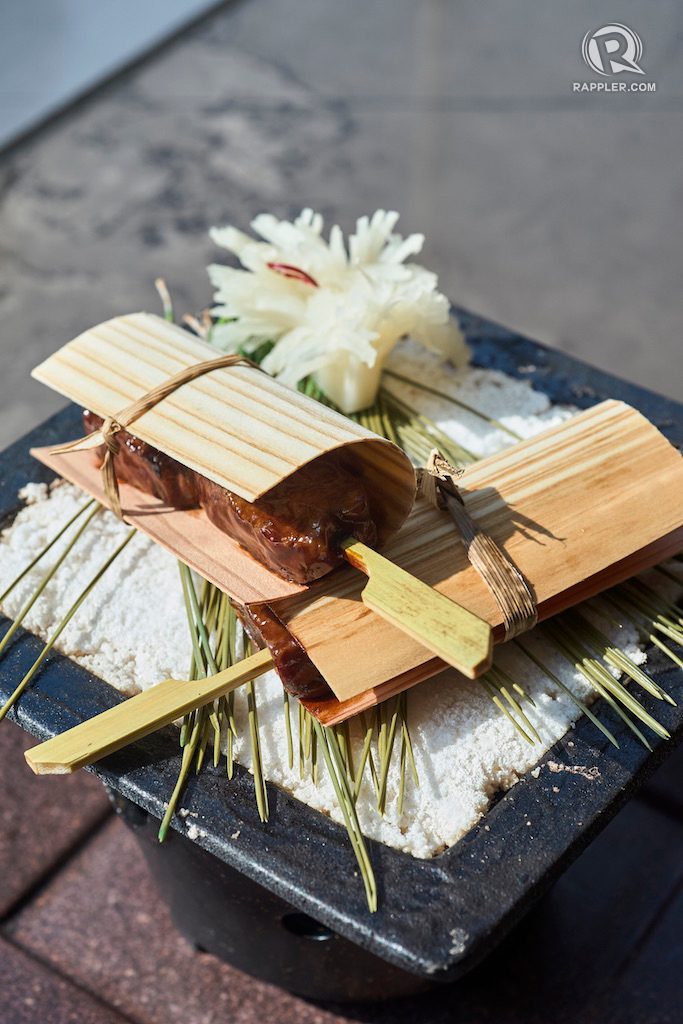
Of course, there’s always room for dessert. Nerikiri, mochi-like confections molded in the shape of autumnal produce, round up the performance. But the real standout was the wedge of Japanese muskmelon, one of the luxury fruits (yes, there are such things) grown in Japan to exacting standards. “Each bite costs P200,” Chef Hikawa jokes, but he’s not joking. A perfect musk melon can fetch up to thousands of dollars, and they are often given as gifts. I was never big on cantaloupes because of its cloying sugariness, but this melon was like winter, spring, summer, and fall all packed into one juicy, impeccably sweet piece of fruit. “It’s the best melon in the world,” says Ishikawa matter-of-factly. I have to agree.
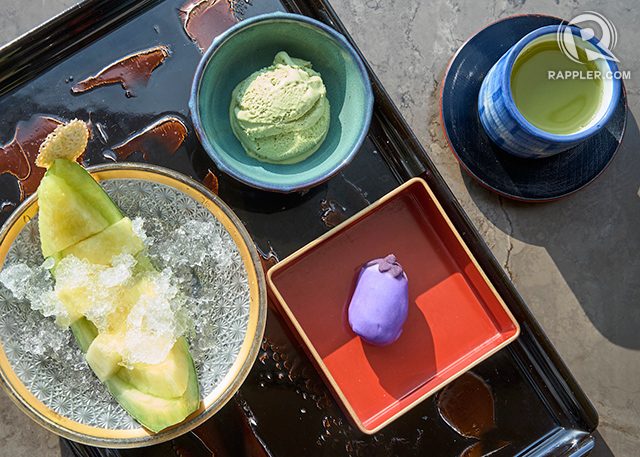
The Hikawa-Ishikawa tandem is unique to Japanese restaurants here—they are possibly the only executive chef and manager pair who both come from Japan. The fact that they’ve both stayed at Inagiku for nearly two decades is a sign of their dedication and commitment to Japanese cuisine and service, it is also the reason behind the restaurant’s remarkable consistency. To them, it’s not unusual to have a single lifetime profession. These two come from a culture where people don’t just switch careers or jobs every so often, instead, people continue to hone their skills until they become a living embodiment of their work. Ishikawa calls it “deep knowledge,” while Hikawa quips that he will be found dead in the kitchen, sushi knife in hand.
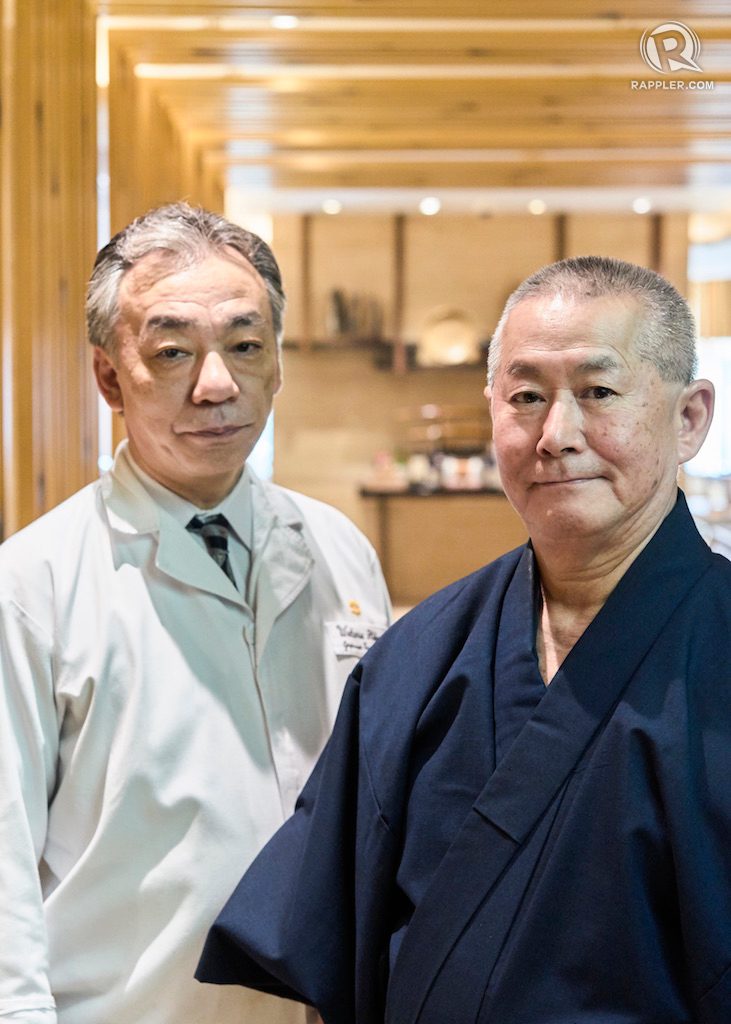
The price of Inagiku’s kaiseki meals will reflect the superior quality of their ingredients, which are all air-flown from Japan (a not-so-fun fact for the carbon conscious). Despite the excellence and memorableness of the experience, the only thing missing is actually its most integral part: the season. “The finest kaiseki meals are an expression of both time and place,” writes Anthony Bourdain. In Japan, some chefs gather wild plants from their surrounding fields and use catch from their nearby rivers – the original locavore movement. Here, we will never have air that turns crisp, or foliage that deepens into flame and amber hues, but we do have these emissaries who bring the seasonal, and sensorial, experience of eating beautifully to their guests in the Philippines, feeding them from the heart. – Rappler.com
Feeling hungry and inspired? Check out our coupons for the best deals on groceries and start cooking!
Add a comment
How does this make you feel?
There are no comments yet. Add your comment to start the conversation.